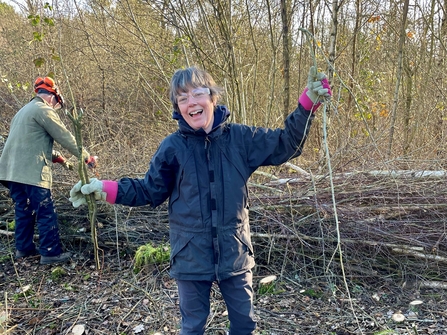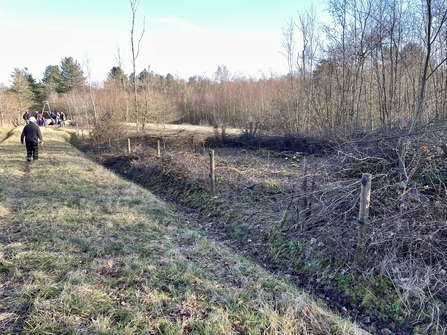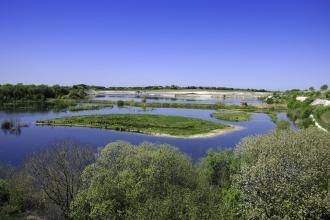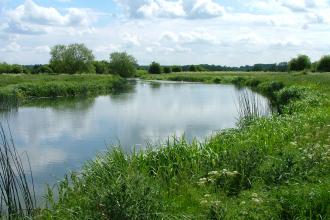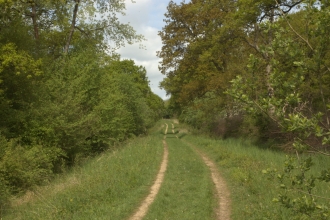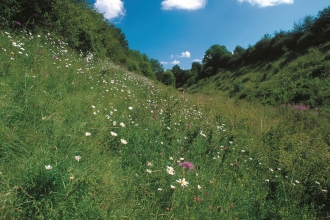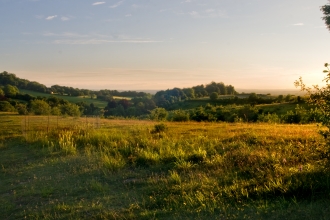It is a gloriously sunny February day. There is a chill in the air, but the welcome warmth of the sun seeps into our weary winter-weathered bones.
There is just a hint of spring. The birds are singing gently, and the crinkled rosettes of primrose leaves are emerging from the cold soil, signs of new life, it is a heartening time of year.
The volunteers gather along the “New Ride”, armed with their winter weapons. They are eager to slash their way into the undergrowth to create a scallop along the woodland edge.
This work is fun, rewarding, and a whole-body workout. The cake today is a solid creation, packed with dried fruit, calorific, with the sole aim to get as much work out of the woodland workers as possible.


